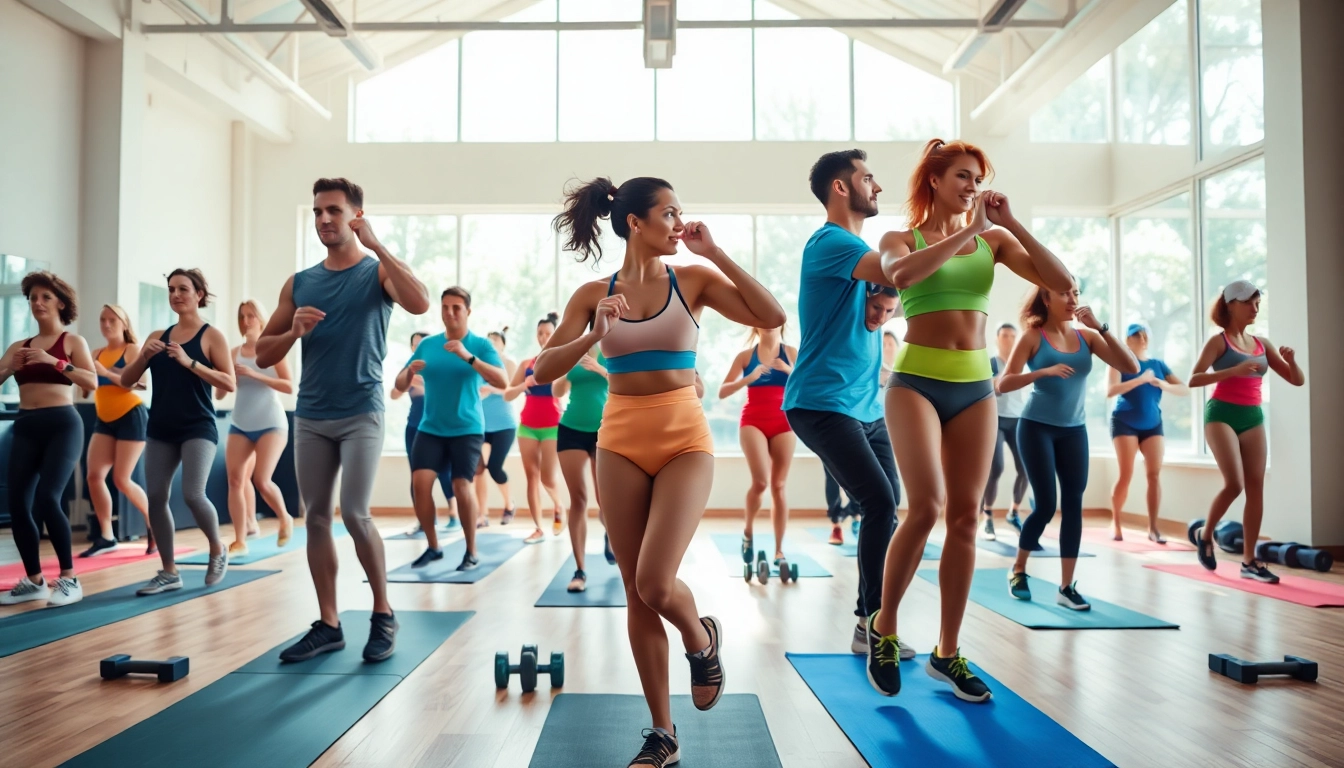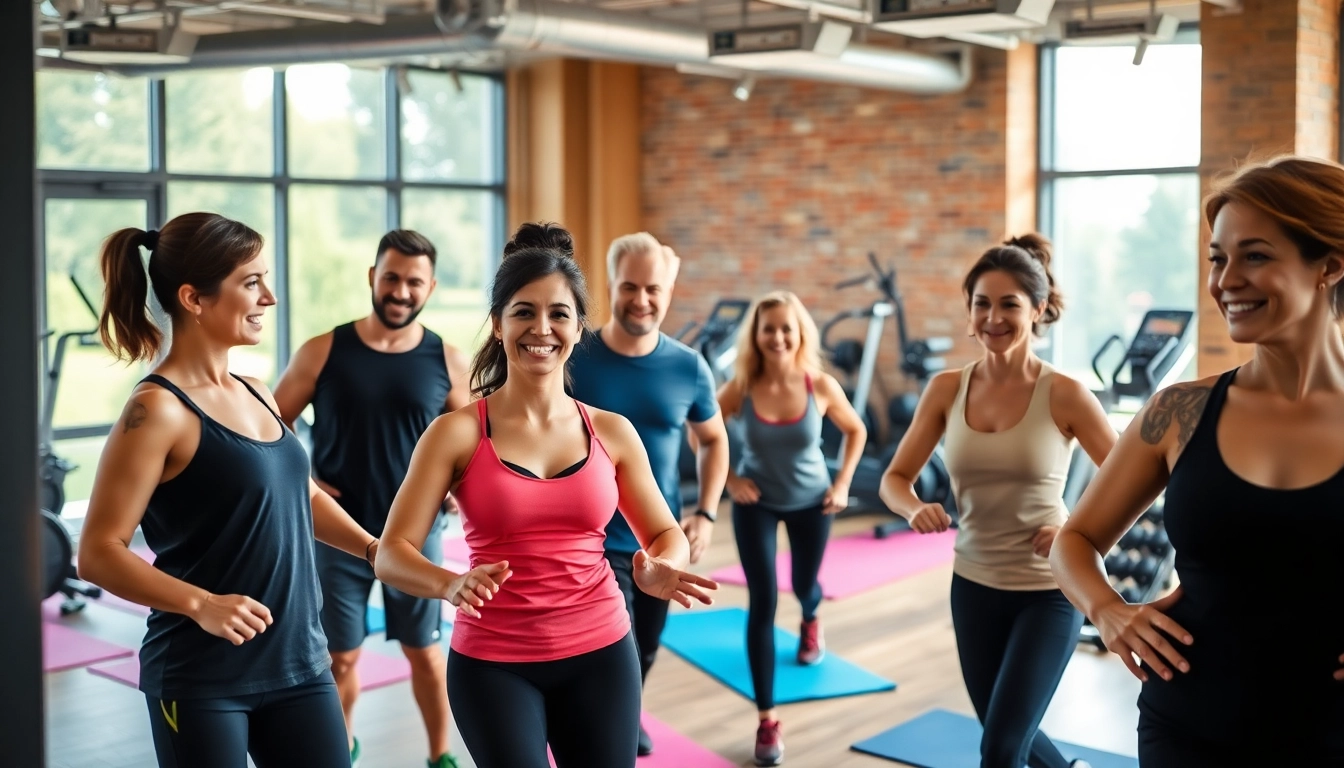Understanding the Benefits of a Small Group Class Near Me
If you have ever considered enhancing your fitness journey through personalized attention and shared motivation, you might want to search for a small group class near me. These classes are designed to provide an effective and cost-efficient approach to fitness while fostering a community of like-minded individuals. Here, we will delve into the benefits of small group classes and how they can transform your workouts and life.
1. Enhanced Coaching and Support
One of the most significant advantages of small group classes is the enhanced coaching and support you receive. With lower class sizes, typically ranging from 4 to 20 participants, instructors can provide more personalized attention to each member. This means that participants can receive tailored feedback on their form, technique, and performance, ensuring they are executing exercises correctly and safely.
Moreover, this focused attention allows instructors to modify workouts to accommodate different fitness levels or personal constraints. For instance, a high-intensity interval training (HIIT) class might need variations for those newer to fitness, ensuring everyone can participate and gain strength without the fear of injury.
2. Cost-Effective Training Options
Training with a personal trainer can be expensive, often ranging from $50 to $150 per hour. Small group classes offer a more budget-friendly alternative, typically costing between $10 and $35 per class, depending on location and facility. This setup allows you to enjoy the benefits of professional coaching at a fraction of the cost. Furthermore, group classes often provide unique opportunities like free trial classes or discounts for signing up for multiple sessions, making it easy to maintain fitness consistency.
3. Building a Fitness Community
Small group classes can also help forge meaningful connections among participants. Working out in a shared space creates an environment where camaraderie and support flourish. As you motivate one another and celebrate each other’s victories—be it mastering a particular move, lifting heavier weights, or committing to a healthier lifestyle—friendships can develop organically. This sense of belonging can be particularly beneficial for individuals who might feel isolated in their fitness journeys or struggle with motivation.
Types of Small Group Classes Available
With various fitness styles and modalities to explore, small group classes cater to diverse interests and fitness goals. Understanding the types of classes available can help you choose the right fit for your needs.
1. Strength and Conditioning Classes
Strength and conditioning small group classes focus on building muscular strength and enhancing endurance through targeted exercises. These classes may incorporate weight training, resistance bands, and body-weight exercises to improve overall fitness. Popular formats like CrossFit, boot camps, and circuit training fall under this category. These classes not only help in weight management but also enhance athletic performance and overall functionality, making everyday tasks easier.
2. Yoga and Flexibility Sessions
For those seeking a more mindful approach to fitness, small group yoga classes can offer both physical and mental benefits. Yoga enhances flexibility, improves posture, and reduces stress levels through various poses and breathing techniques. Small groups enable instructors to provide personalized adjustments to ensure proper form, enabling participants to better realize the calming benefits of yoga. Styles such as Hatha, Vinyasa, and Restorative yoga can be found in many studios, offering options for practitioners of all levels.
3. Cardio and HIIT Workouts
Cardiovascular health is essential, and small group cardio and high-intensity interval training (HIIT) classes are designed to elevate the heart rate while promoting fat loss. These classes typically incorporate a variety of exercises, such as jumping rope, sprinting, cycling, and plyometrics, which keep participants engaged and challenged. The energetic atmosphere provided by an instructor and fellow participants can motivate members to push themselves further than they might alone.
How to Choose the Right Small Group Class
Choosing the right class can significantly affect your experience and results. Here are some critical factors to consider when selecting a small group class:
1. Assessing Your Fitness Goals
Before enrolling in a class, determine your specific fitness goals. Are you looking to build strength, improve endurance, lose weight, or enhance flexibility? Each class types specializes in different areas of fitness, so aligning your goals with the right class will maximize your chances of success. Furthermore, having clear objectives can help you stay motivated and accountable.
2. Evaluating Class Size and Instructor Experience
Research the class sizes offered by local fitness facilities. Smaller classes tend to offer more personalized coaching and support, while larger classes may provide a more social atmosphere. Additionally, look into the qualifications and experience of the instructors. Well-trained instructors can adapt to various fitness levels and ensure a safe and effective workout. Consider attending a trial class to evaluate the instructor’s style and how well they connect with participants.
3. Considering Location and Schedule Flexibility
Location plays a crucial role in choosing a small group class, as selecting a conveniently located facility increases the likelihood of attending regularly. Additionally, consider class schedules and how they fit into your current commitments. Many facilities offer morning, evening, and even weekend classes to accommodate various schedules. Flexibility in the timing of your classes will encourage consistency, which is vital for long-term success.
Tips for Maximizing Your Small Group Training Experience
Once you’ve selected a small group class that aligns with your fitness goals, here are some tips to help you get the most out of your experience:
1. Preparing for Each Class Effectively
Being prepared for your small group class can make a significant difference in your performance and enjoyment. Ensure to arrive early to warm up, hydrate, and mentally prepare for the session. Bring any necessary equipment such as water bottles, towels, or specific gear required for the class. This preparation can help you feel comfortable and focused, enabling you to fully engage in the workout.
2. Engaging Actively with Other Members
Take time to interact with fellow group members—introduce yourself, share your fitness goals, or simply motivate one another during workouts. Building rapport with classmates not only makes workouts more enjoyable but can also create a supportive atmosphere. Consider forming social connections that extend beyond class time, such as planning group outings or fitness challenges.
3. Tracking Your Progress Regularly
Keeping a journal or using fitness apps to track your workouts, progress, and results can provide insight into your development and help you stay accountable to your goals. Take note of your performance levels, how you feel during workouts, and any improvements you notice over time. Regularly reviewing this information can offer motivation and inform any necessary adjustments to your training program.
Success Stories from Local Small Group Classes
Small group classes have transformed the lives of many individuals, creating inspiring success stories that highlight the profound impact of community-driven fitness.
1. Transformations in Fitness Levels
Many individuals find that participating in small group classes leads to significant improvements in their fitness levels. From participants with modest beginnings being transformed into avid runners and weightlifters to others overcoming illness and injury through customized class strategies, the potential for growth is undeniable. These personal transformations showcase the efficacy of small group training.
2. Community Support and Friendships Formed
The power of community cannot be underestimated. Numerous participants report that the friendships forged in small group classes foster an environment of support and understanding that significantly enhances their fitness journeys. Whether celebrating milestones during classes or encouraging one another through challenges, lasting friendships can form through shared experiences and goals.
3. Overcoming Personal Challenges Together
Many members of small group classes have overcome personal challenges, such as low self-esteem, anxiety, or post-injury rehabilitation. Through the camaraderie and support of their class, these individuals found themselves able to push through their limitations, unlocking their potential and achieving far more than they may have imagined possible. These collective experiences foster personal growth and inspire resilience within the group.














Leave a Reply